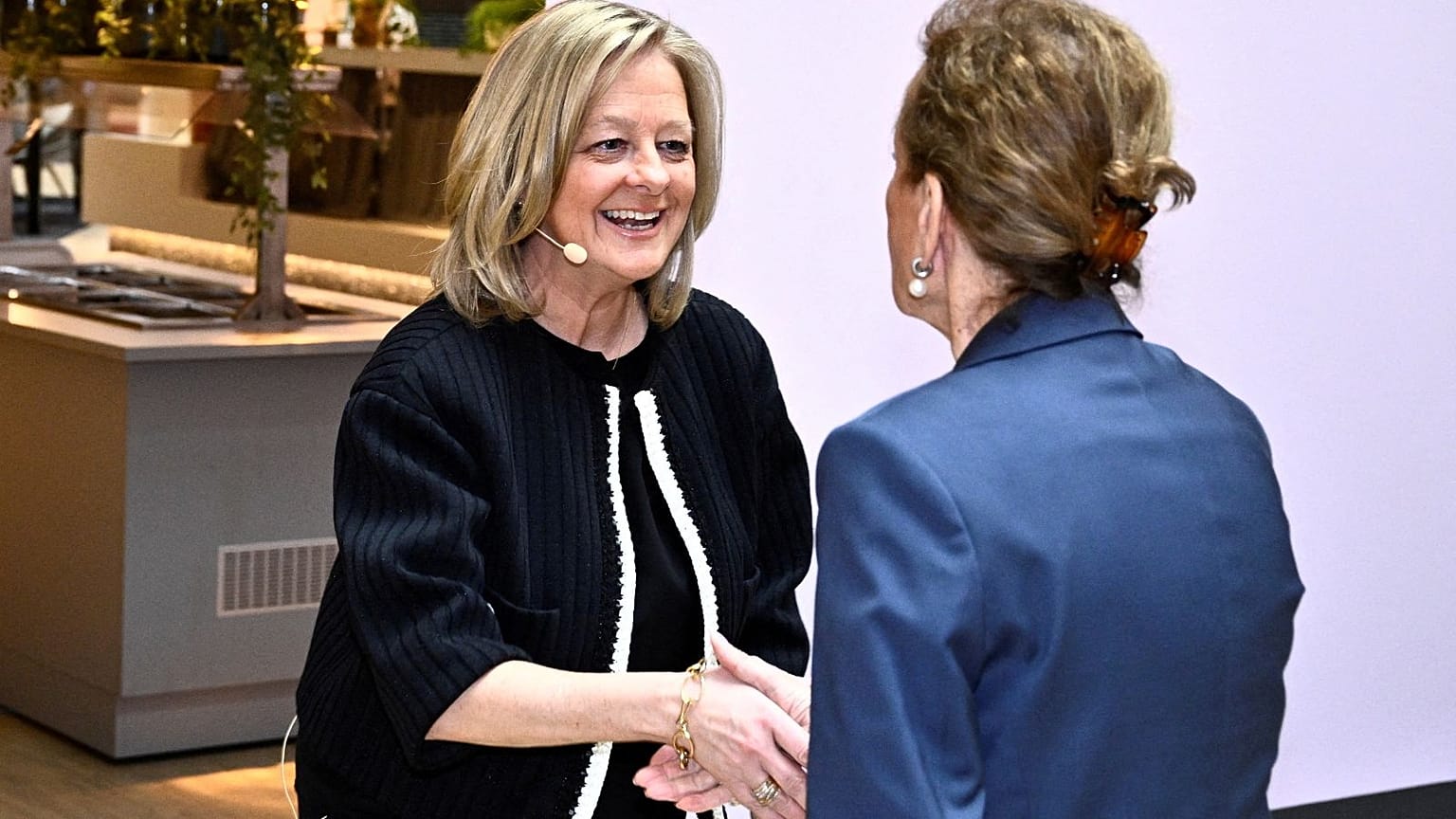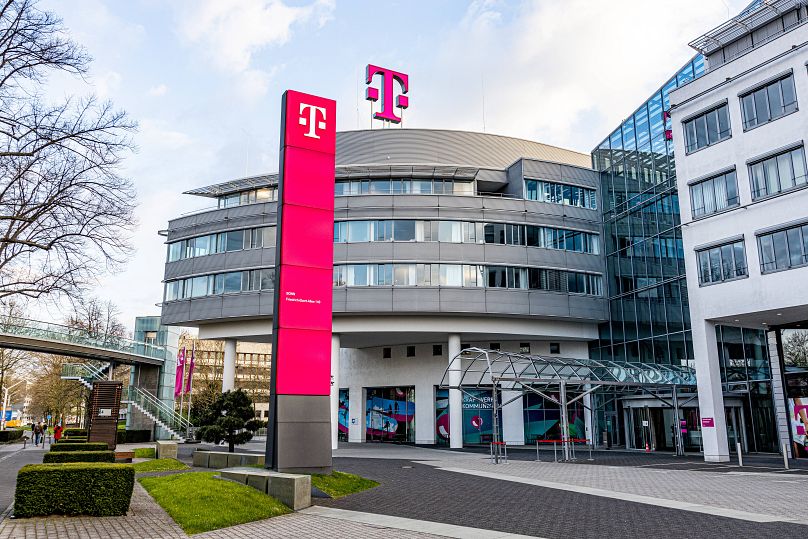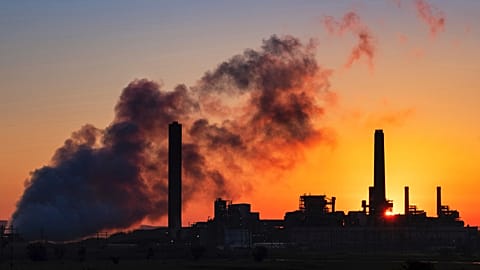A Swedish telco company tops this list of 500 corporate climate leaders, having embraced renewables and virtual meetings.
Curious to know which European companies are paying more than just lip service to climate action? A new ranking from UK newspaper the Financial Times (FT) celebrates those doing the most to cut their emissions.
Compiled together with data experts Statista, ‘Europe’s Climate Leaders 2023’ lists 500 businesses “that appear to be moving in the right direction”.
Swedish telecommunications provider Telia comes out on top, followed by Germany’s Deutsche Telekom and Spanish technology company Indra Sistemas.
Other household names in the top 10 include the German car manufacturer Porsche, UK e-retailer Currys and the French luxury goods multinational Kering.
So what are these corporations getting right and what can others learn from them?
What makes a company a climate leader?
The FT has done something a bit different with its annual list this year, digging deeper to look at all corporate emissions.
Previously, companies that made the cut were simply those that achieved the greatest reduction in their Scope 1 and 2 greenhouse gas emissions intensity over a five-year period. These emissions come respectively from the firm’s operations and the energy it uses.
‘Intensity’ calculates the tonnes of emissions of CO2-equivalent discharges per €1 million of revenue.
Scope 3 emissions come from elsewhere in the company’s value chain and are harder to pin down. That’s because there’s no universally agreed metric on them; and, since suppliers don’t always give reliable data, companies often choose to stay quiet on this front.
But these hidden emissions often far outweigh what’s accounted for in Scope 1 and 2.
Mindful of the narrowing window to address climate change, the FT has - for the first time - assigned companies a score that reflects their transparency in disclosing this data. Engaging with the Science Based Targets Initiative (SBTi, which assesses emissions reduction plans) and environmental performance monitor CDP is also likely to bump a business up the list.
“Companies face growing scrutiny from consumers and regulators over their environmental performance, and the methodology for this year’s Climate Leaders list has been tightened accordingly,” writes the FT’s Neville Hawcock.
The emissions-cutting measure was combined with climate commitments to give an overall score to each firm.
Needless to say, energy companies scouting for new fossil fuel sources and those guilty of greenwashing were excluded. As were other firms whose broader environmental credentials are in tatters for reasons like links to deforestation or non-GHG pollution.
How are companies tackling their emissions?
Sweden’s Telia - assigned a top score of 84 - cut its CO2 emissions by 85 per cent between 2018 and 2022. It achieved this by shifting fully to renewable electricity, tightening up its energy efficiency, and limiting business travel by running virtual meetings.
“We are happy to have achieved this milestone and are continuing to elaborate our CO2 reduction and energy strategy for the coming years,” Sara Nordbrand, head of sustainability at the telecoms company tells Euronews Green.
Telia is now cracking down on the emissions in its value chain.
“The main bulk of our CO2 emissions are generated in the supply chain where we are asking suppliers to set science-based climate targets like we have done,” says Nordbrand.
“We are happy to see that an increasing number of suppliers are joining us on our journey by doing so.”
At the end of 2022, suppliers generating 35 per cent of Telia’s supply chain emissions had set science-based climate goals and the number continues to rise, it says.
In second place with 82.5 points, Deutsche Telekom is motivated by its ambition to become the leading global digital and sustainable telecommunications company.
“The Financial Times rating is confirmation that we are on the right track. At the same time, it is a further incentive for the future to continue with full speed,” a spokesperson says.
Within its own operations, the company emits 94 per cent less CO2 than it did in 2017, en route to being fully climate neutral by 2025. Last year, it reduced its energy consumption in Germany by 278 gigawatt-hours - the equivalent of 11 per cent of the company’s total consumption.
“We want to achieve net zero emissions from the production of cell phones,” CEO Tim Höttges told shareholders. “Anyone who fails to achieve green production will eventually be removed from the line-up. We import devices. But we export our environmental protection standards.”
By 2040, Deutsche Telekom has pledged that its entire value chain will be climate neutral, from the manufacture of devices to the power consumption of customers. Höttges is keeping it on track by targeting a 55 per cent cut in CO2 emissions by 2030 compared to 2020.
Overall, financial services accounted for the greatest number of the 500 companies, at 12.2 per cent. Transport, logistics, and packaging were next, followed by energy and utilities.
The UK was home to 25 per cent of companies on the list, the FT notes. Followed by Germany with 14.6 per cent and France with 11.4 per cent.
Why are companies reigning in their emissions now?
Big corporations generally get a bad climate press. The movers and shakers of capitalism haven’t been incentivised to restrain their emissions, and so it’s been business as usual for decades.
But times are changing. The devastating impacts of climate change in Europe - from last year’s record-breaking heatwave to the current drought blistering southern nations - are drying up people’s patience with the private sector.
The EU has pledged to reach net zero emissions by 2050, and a draft law from the bloc seeks to clamp down on greenwashing claims.
To help keep misleading data out of its own rankings, the FT enlisted GreenWatch, a sustainability research team at University College Dublin, to look at the figures from the biggest emissions cutters.



















